Here’s a real old-timer. The Hitachi DK505-2 is a drive with a very obscure past, the likes of which yield little information in this day and age. This particular model demonstrates itself as one of Hitachi’s much earlier offerings, before their concrete reputation and market share emerged in the early 2000’s. While this drive is branded as Hitachi, the design hails from a more archaic manufacturer in Tokico Limited (more to see below!).
Being a drive utilising a stepper motor as opposed to previous posts covering voice-coil based drives, this one’s quite a bit different to look at.

Drive Attributes ------------------------------------- Hitachi DK505-2 ------------------------------------- Capacity 26MB (21MB formatted, MFM) Mfc Date 1989 Format 5.25" (half-height) Interface ST-412/506 Platters 2 Heads 4 RPM 3600 CHS 615/4/17 Origin Japan (Tokico) -------------------------------------
With specifications identical to that of the likes of the ST-225 and the Miniscribe 3425 (alongside bearing a passing resemblance to the latter!), this drive places itself as one of the Japanese clones, emerging at the time as Japanese hard drive manufacturers blossomed into what they became in the mid-late 90’s.
This drive was acquired from Japan, where these were sometimes found in Epson machines of the era. While these were available for purchase elsewhere, it seems very few made it abroad.
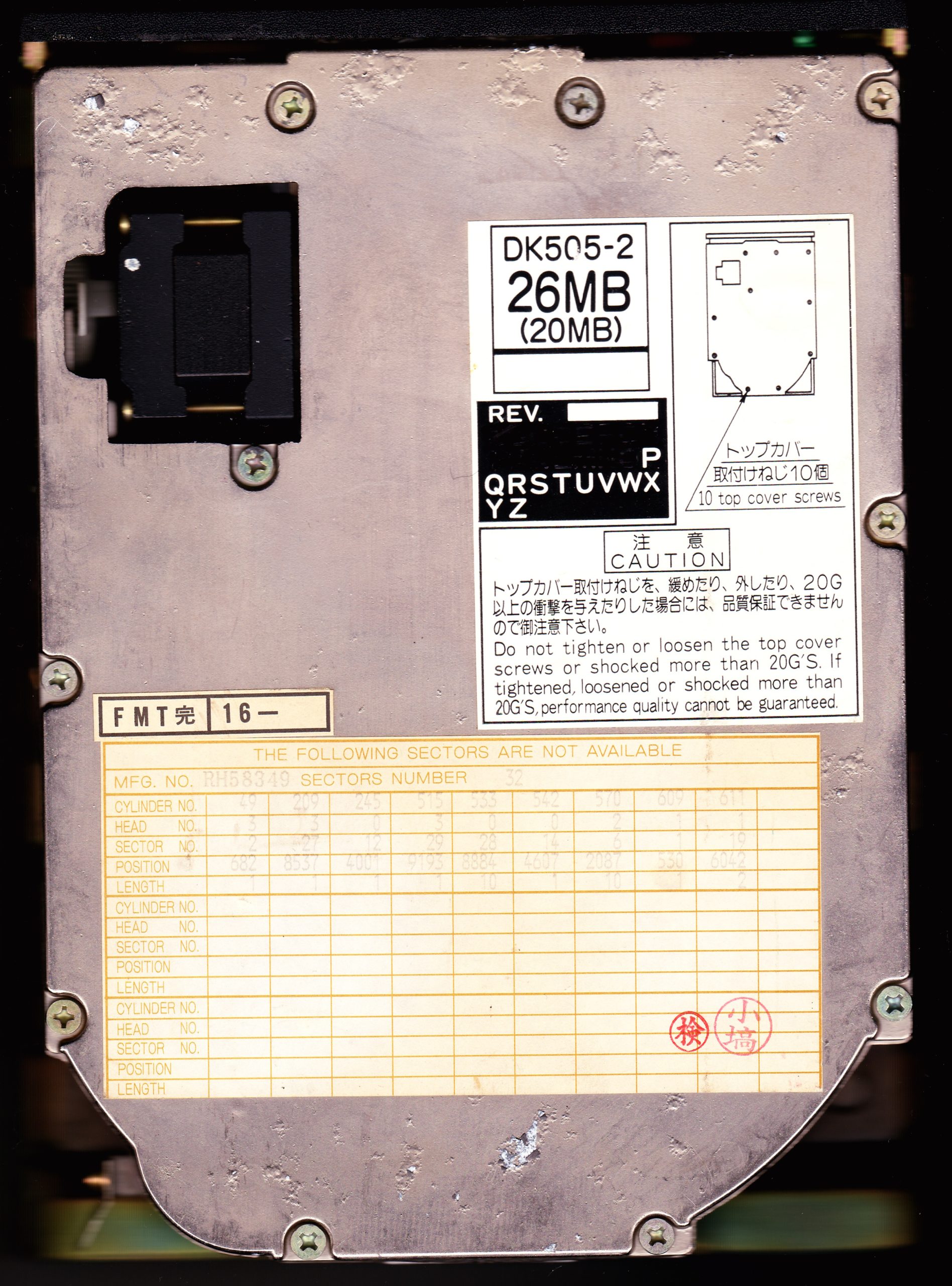
We’ll look closer at each label below.
There’s some slight exterior surface degradation beneath the initial plating, but it hasn’t caused any issues so far, fortunately.
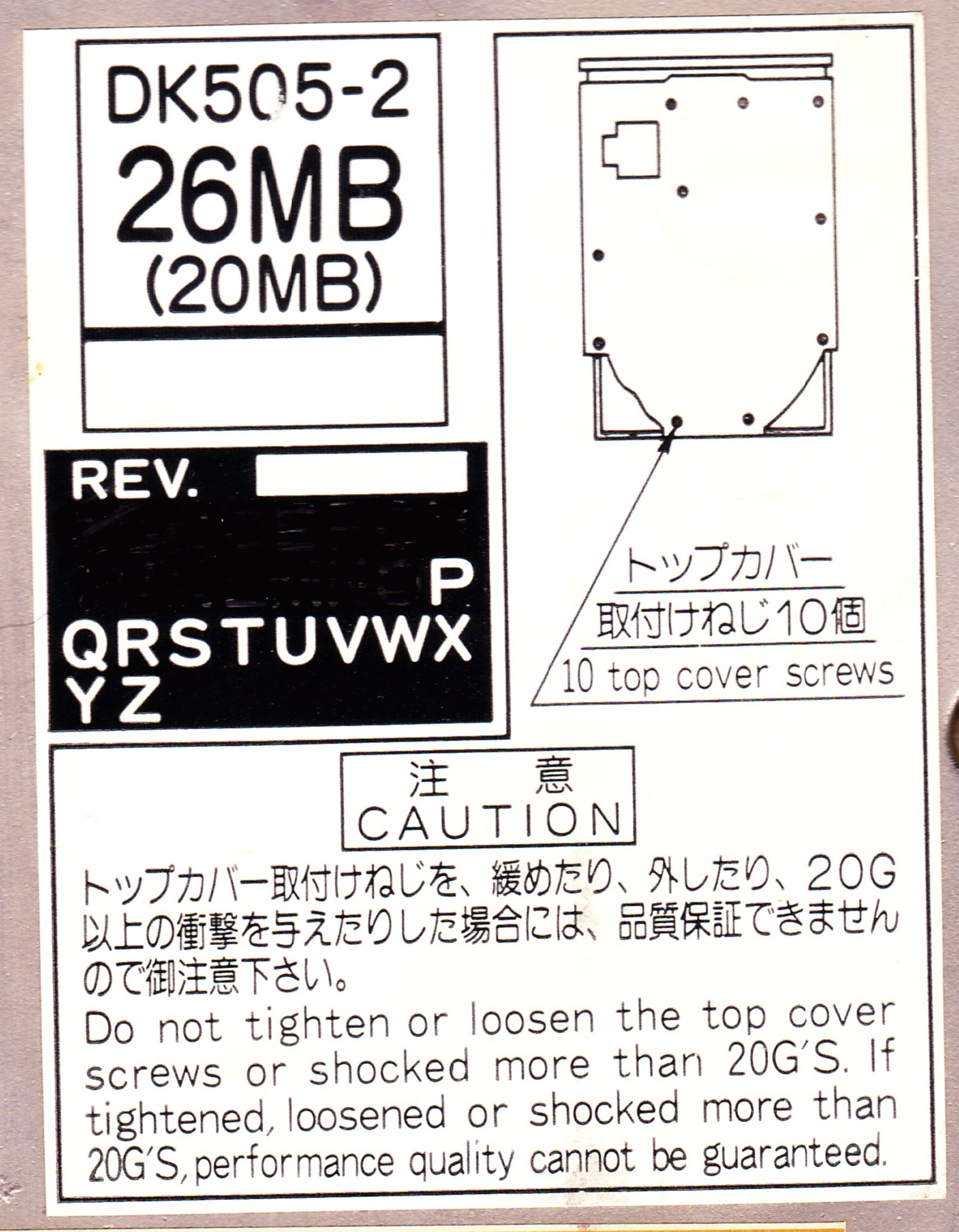
From the get-go, the only indication this thing is made by Hitachi is if you’re already aware of their famous “DK” prefix model notation, present all the way until their acquisition of IBM’s hard drive division in 2003 (technically also being present well into 2004 with native Hitachi HDA models). The revision label has half the alphabet marked in, but aside from that there’s nothing to address.
As is common with earlier Japanese-manufactured drives, the English used is somewhat inaccurate, but it certainly gets the point across.

As is usual with MFM units, the defects must be entered manually. The chart is pretty hard to read, but there’s at least one defect on each platter surface.
The defects list is stamped with a “hanko”, a stamp commonly used in Japan in place of a signature, individual to the engineer/technician who assessed this drive. Pretty cool.

Now we get to see that the general drive assembly was manufactured by Tokico Limited. Tokico were an automobile parts manufacturer, which were acquired and merged with Hitachi. Whether or not this is the exact Tokico which manufactured this drive is unknown, but given their history it is quite likely.
The manufacturer number of “RH58349” unfortunately provides very little in the way of useful information. The standard ST-412/506 interface is present, requiring a seperate controller.
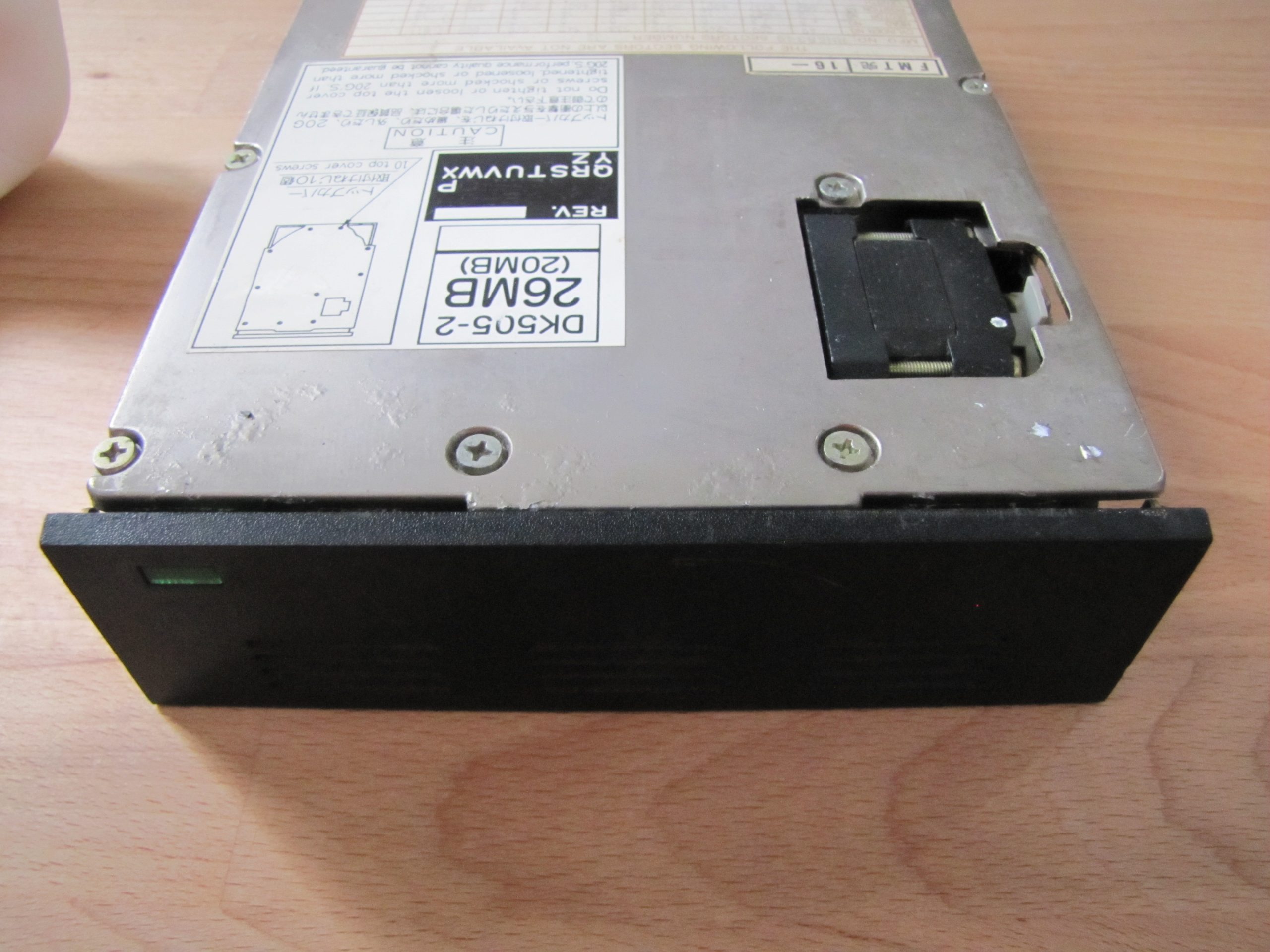
The front of the drive bears the classic IBM frontplate, found on systems such as the IBM AT or XT. This one sports a green LED for activity.

There’s nothing too special on this side.
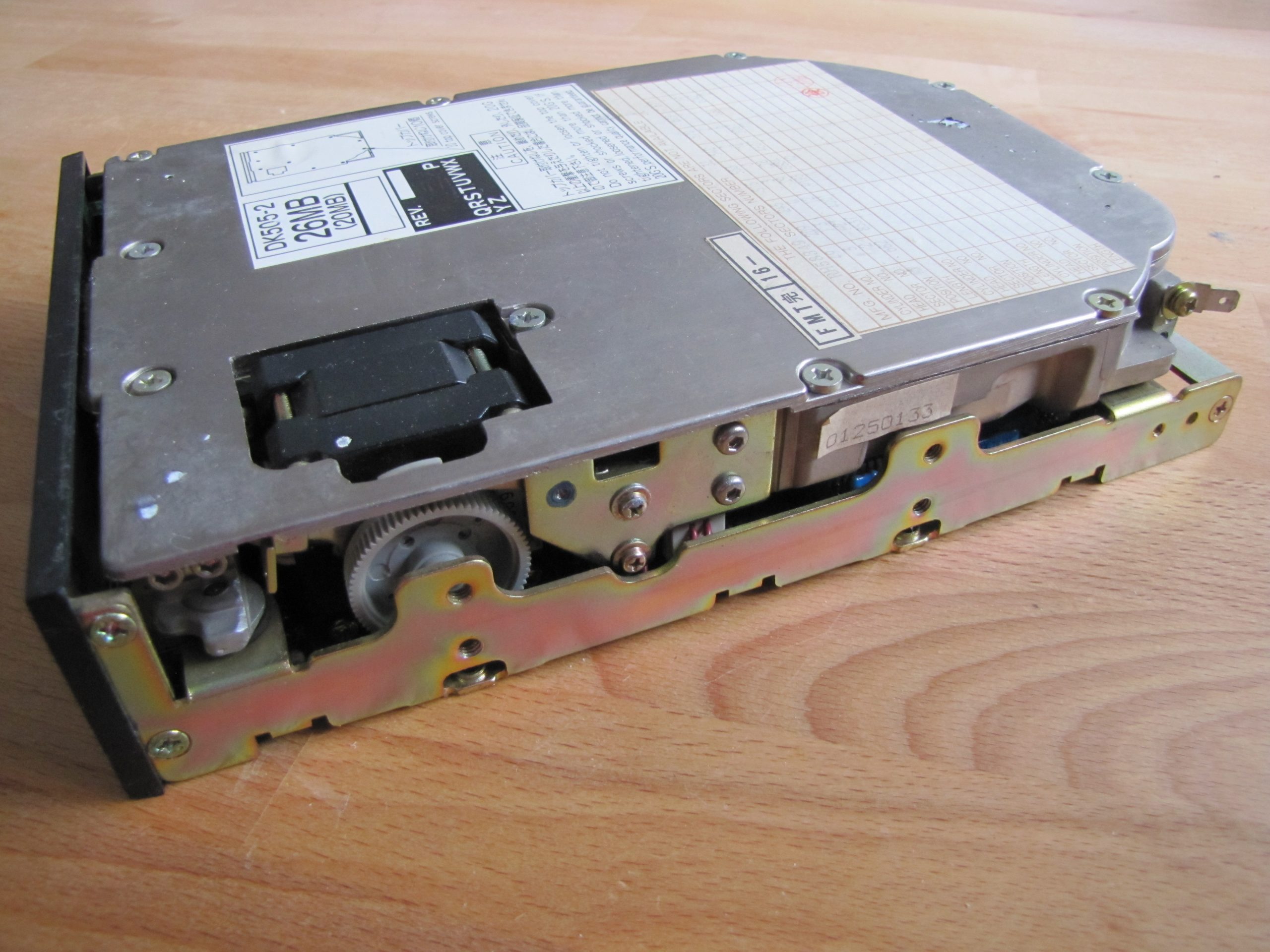
Here we see the stepper motor, being provided by Sanyo (seen later). The locking solenoid is hidden behind the frame, which does as the name suggests, energising and releasing based on the power-on state.
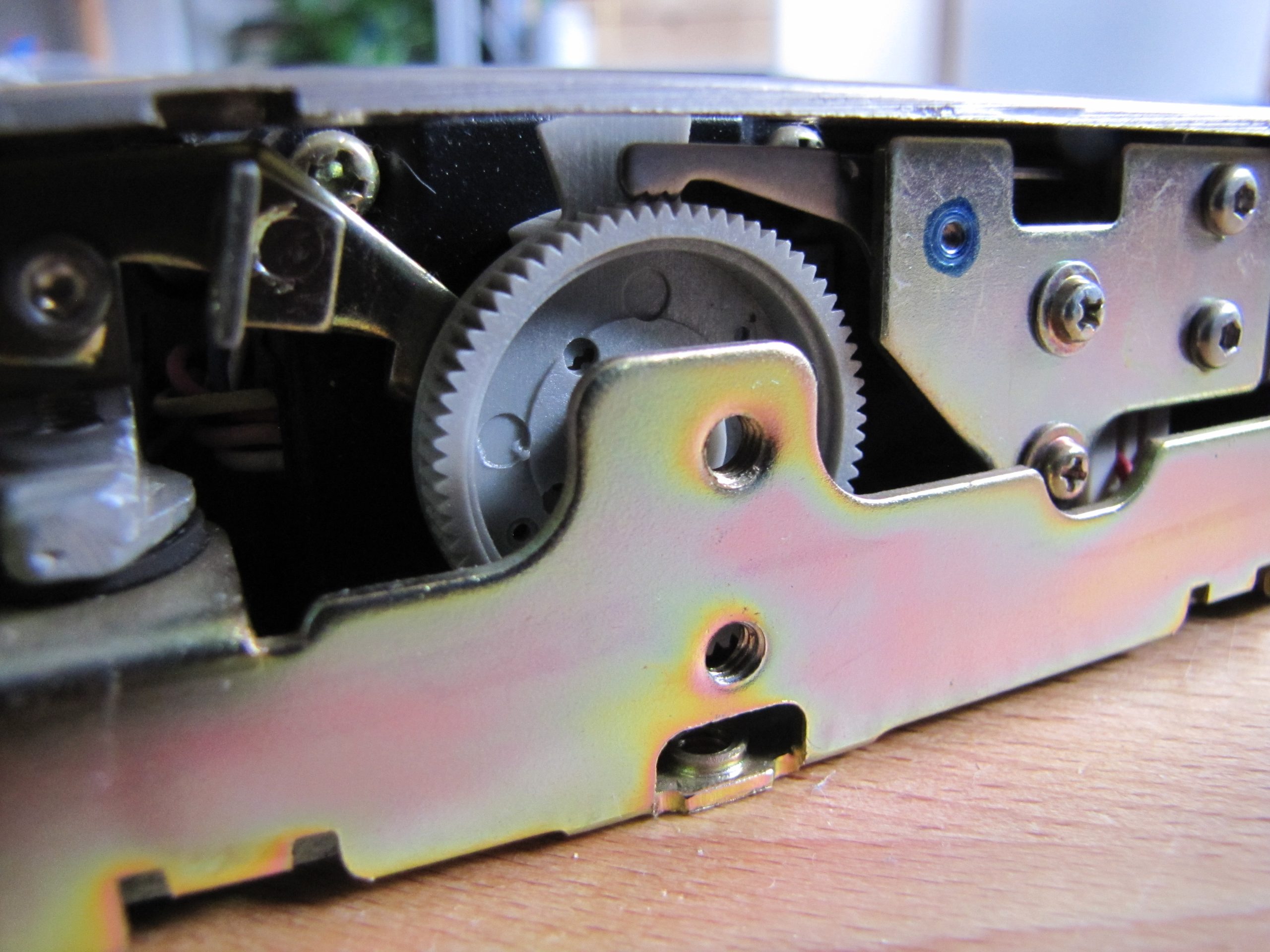
If the drive wasn’t parked upon power off, to prevent damage during transport the locking solenoid releases an arm which prevents the stepper gear from moving further. A neat design.

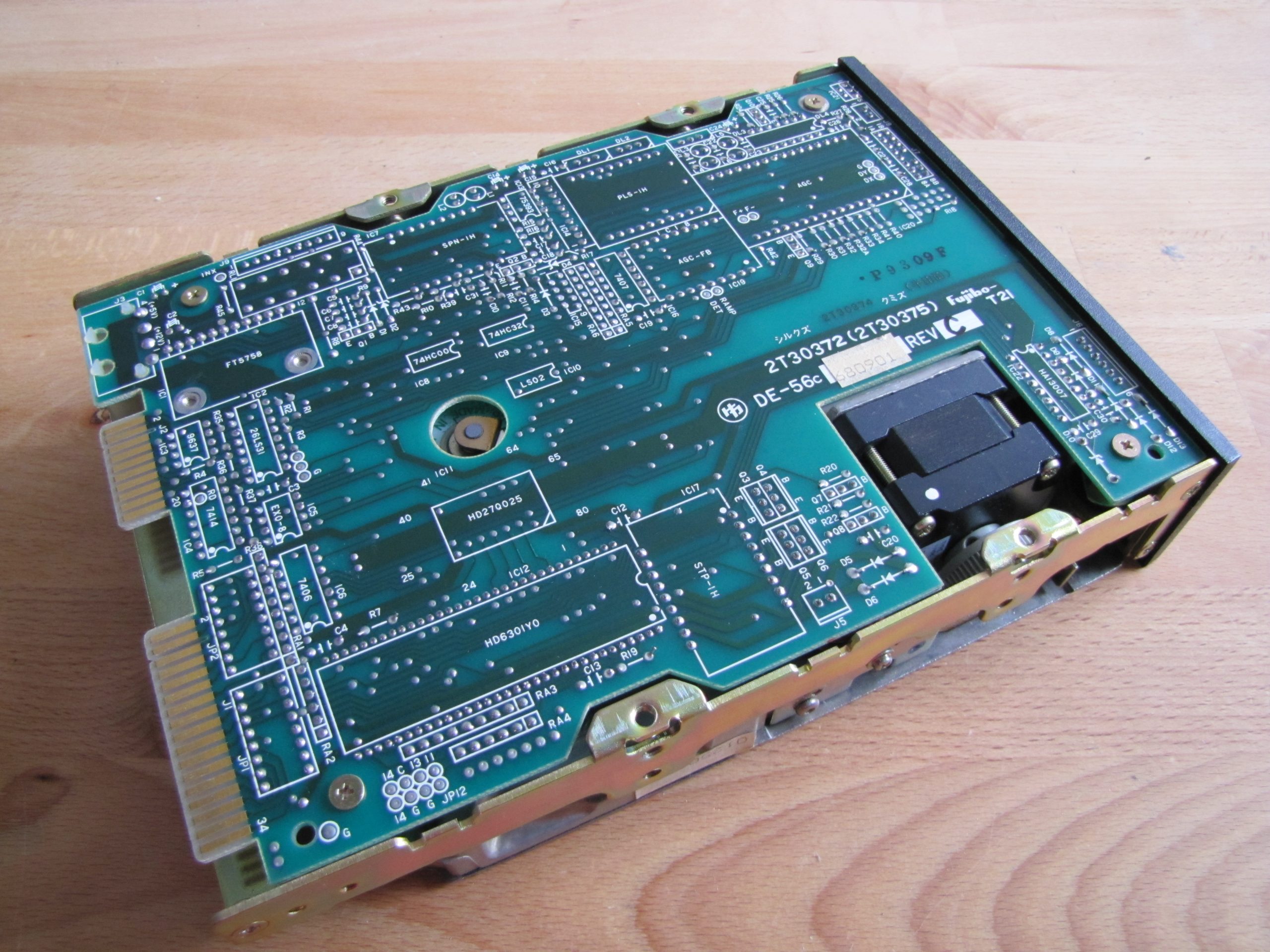
In what is an incredibly nice looking PCB, the underside of this drive provides a lot to discuss. Fujibo manufactured the PCB, whom also stiill exist today. They’re an incredibly old company, founded in 1896, labelling themselves as an “Abrasive product manufacturing company”.
While the “P9309F” may fool some into thinking this drive is from as late as 1993, this will be disproven a little later on, when we dive a bit deeper.
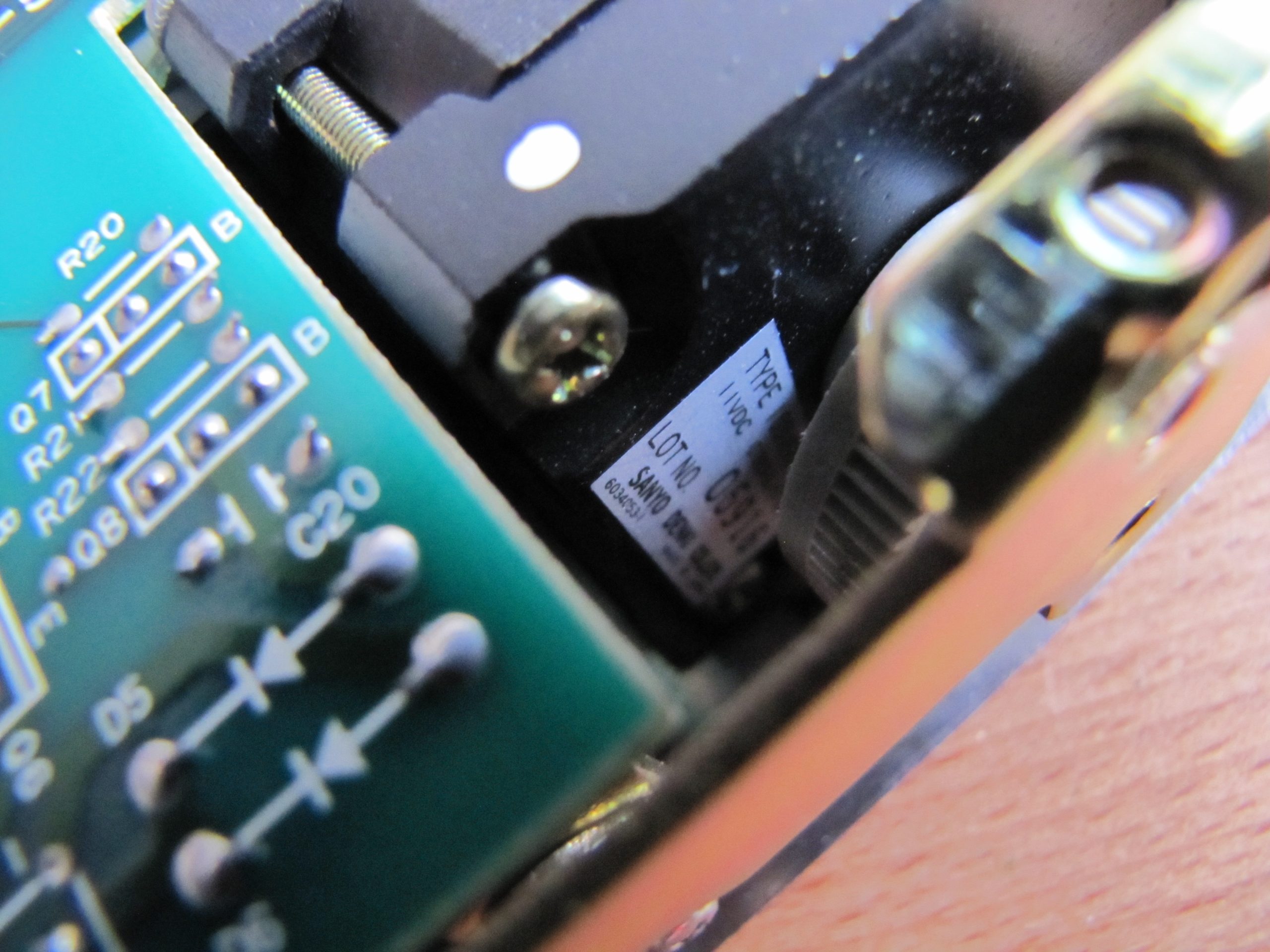
The stepper motor is manufactured by Sanyo Denki, still turning happily over 30 years later. While Sanyo became a subsidiary of Panasonic (prev. Matsushita) and were, for the most part, completely absorbed, Sanyo Denki still operate today.
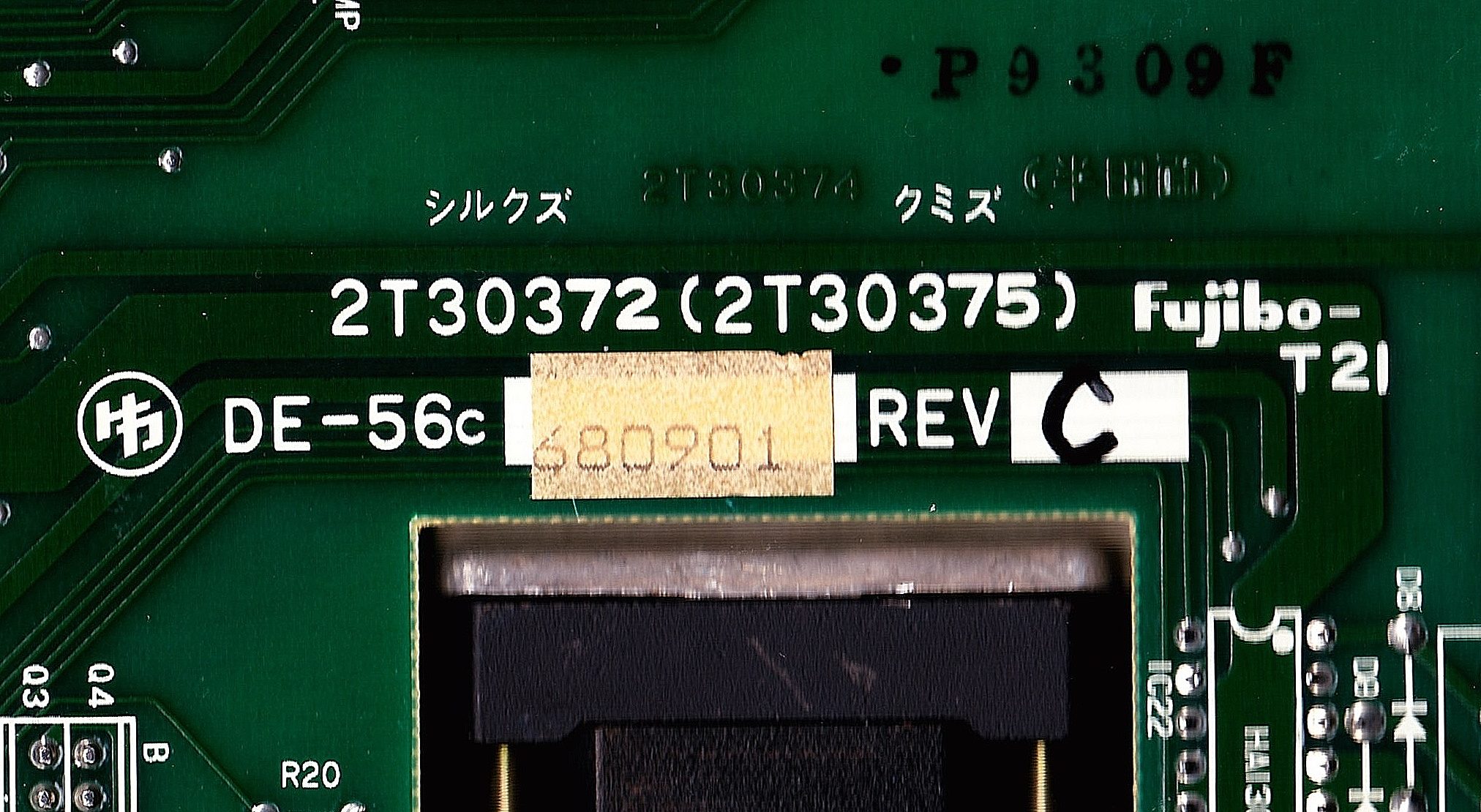
Here’s a closer look at the PCB product code. Let’s continue onwards.
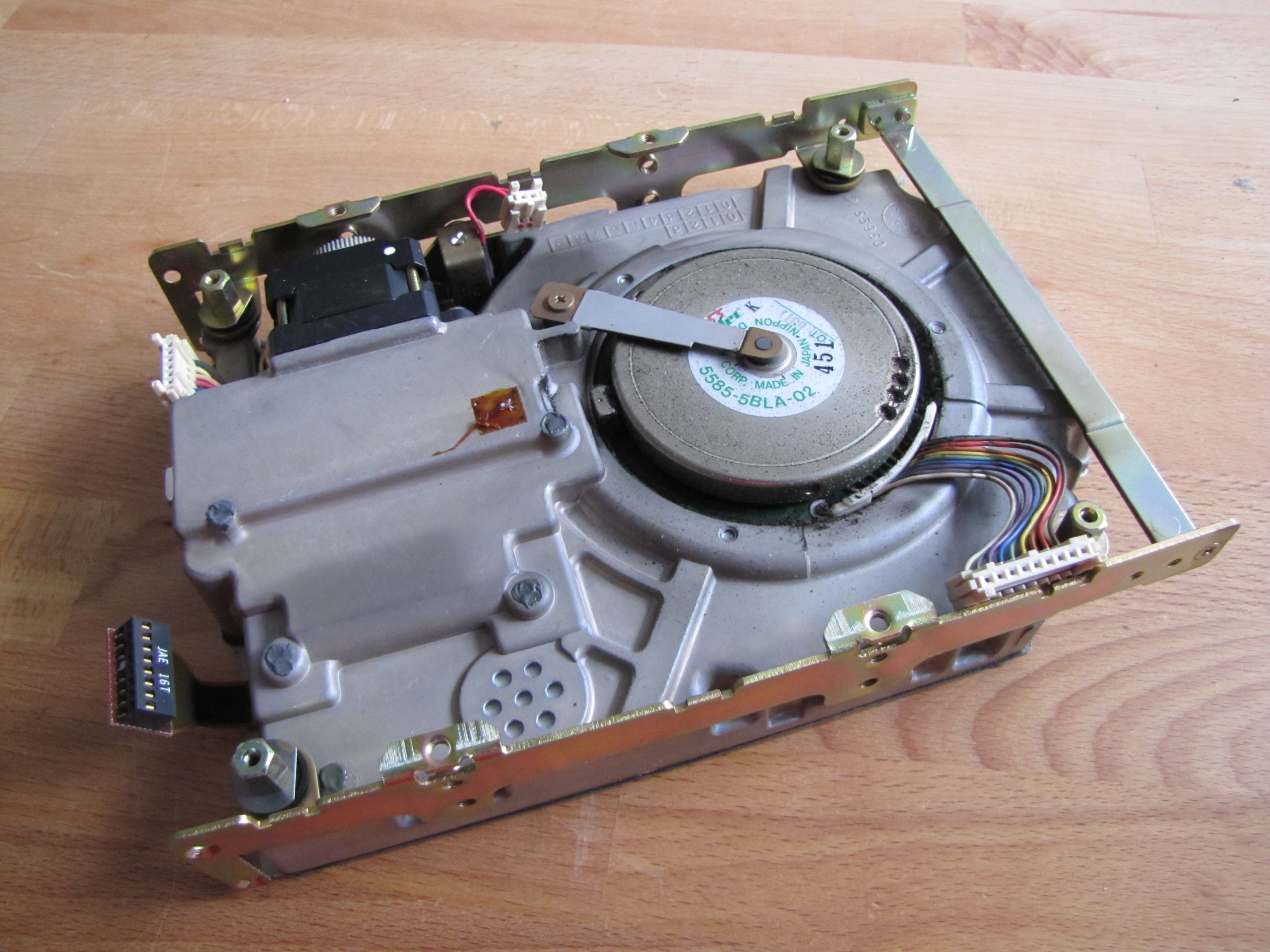
Underneath the PCB, we’re met with a spindle motor provided by Nidec. Nothing surprising! The locking solenoid can be seen to the right of the stepper motor.
Whatever was a cushioning pad between the PCB and the assembly has completely melted away. That will have to be addressed.
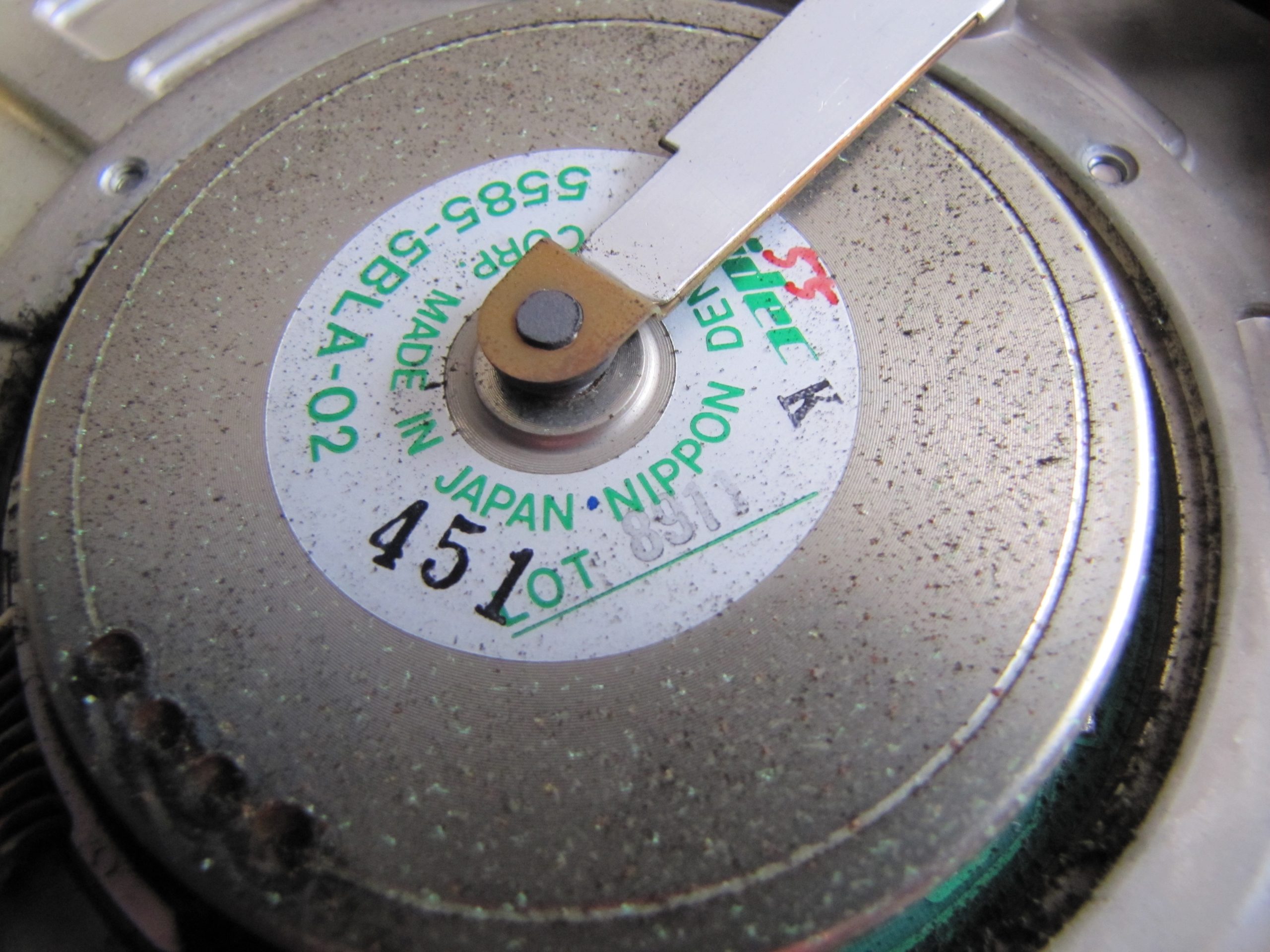
Dust aside, this is nothing extraordinary. This motor comes from early 1989, week 11.
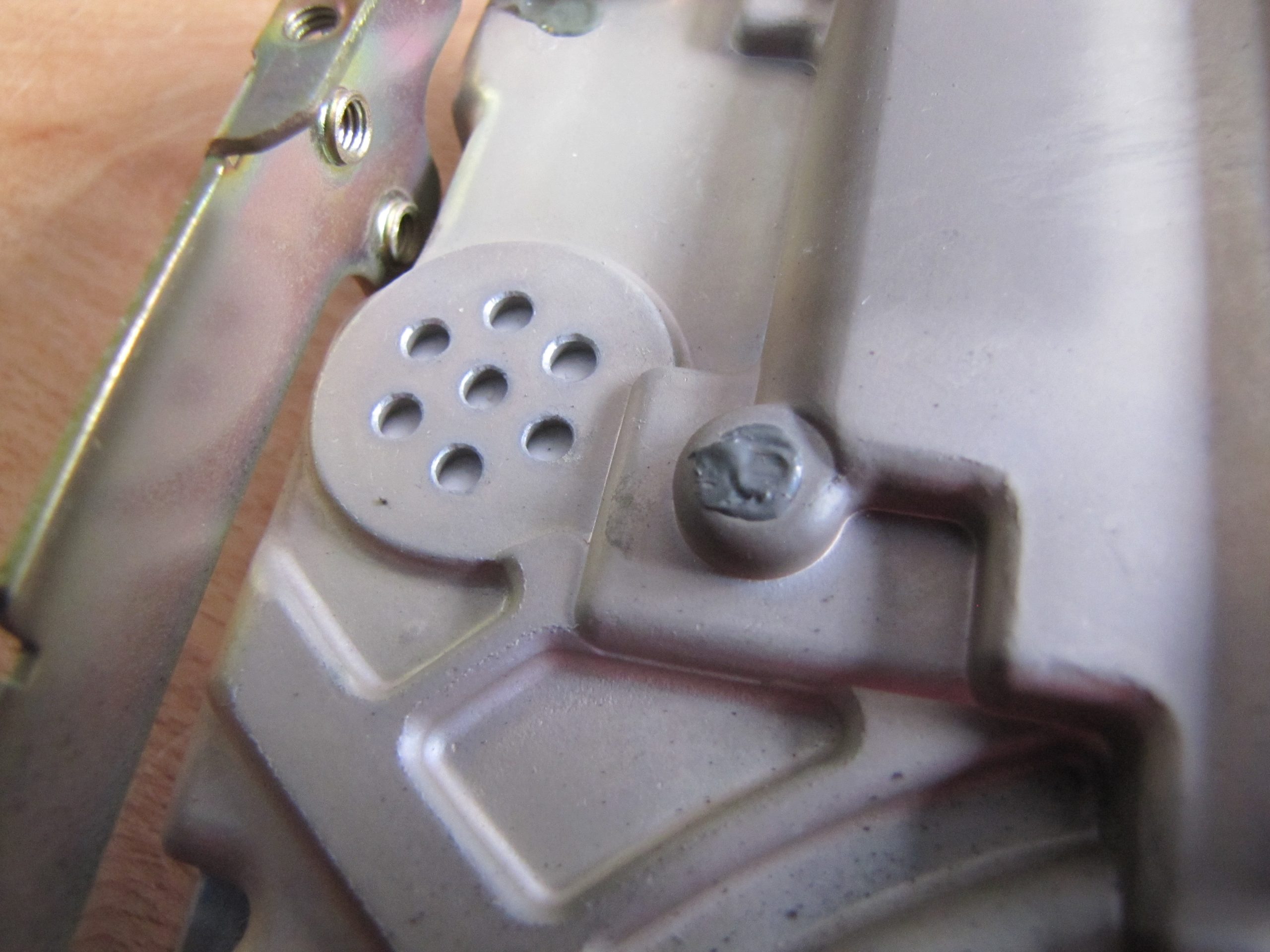
It’s an air filter. Need I say more?
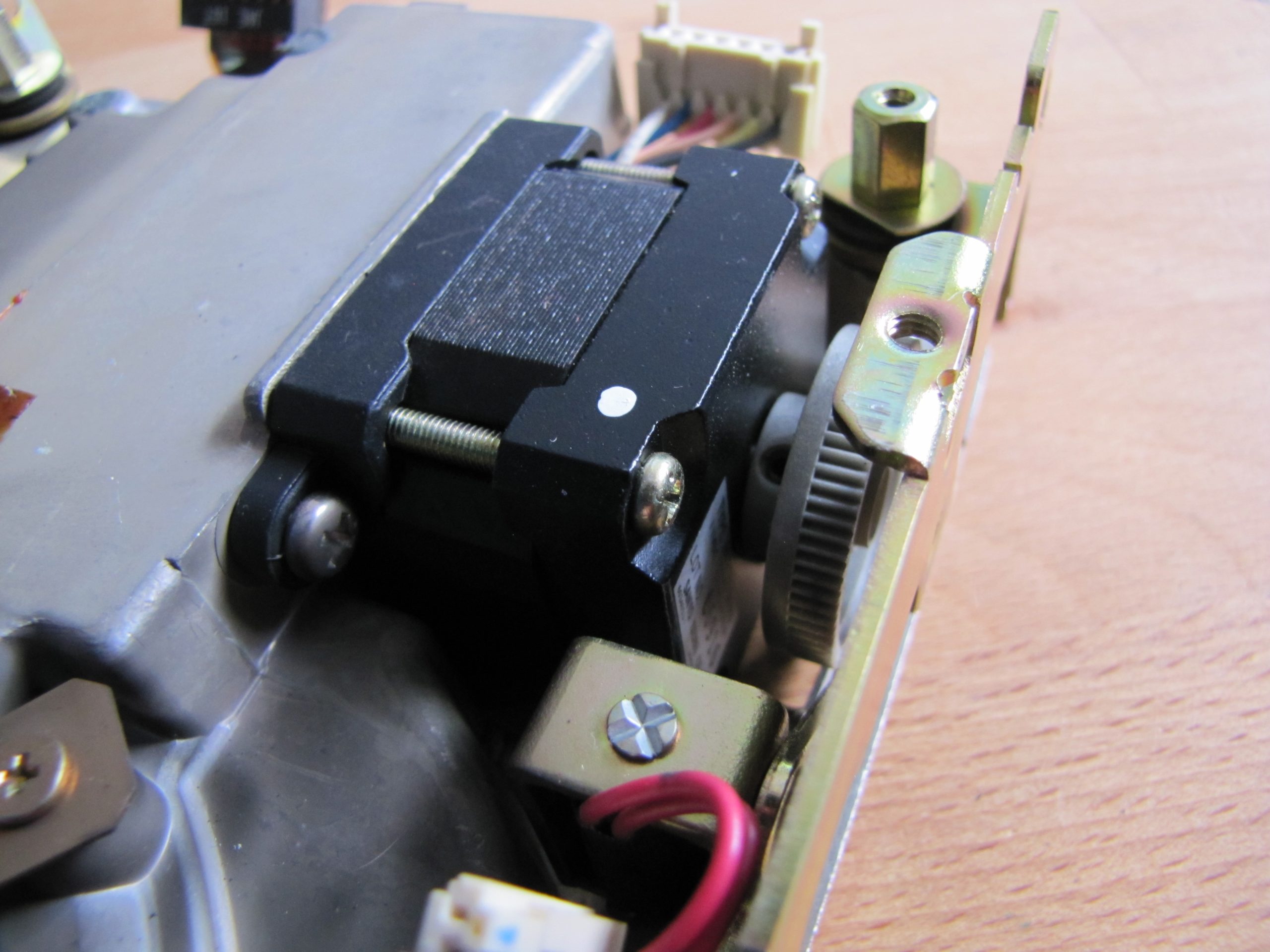
Here’s an alternate angle of the stepper motor & solenoid assembly. Impressive stuff.
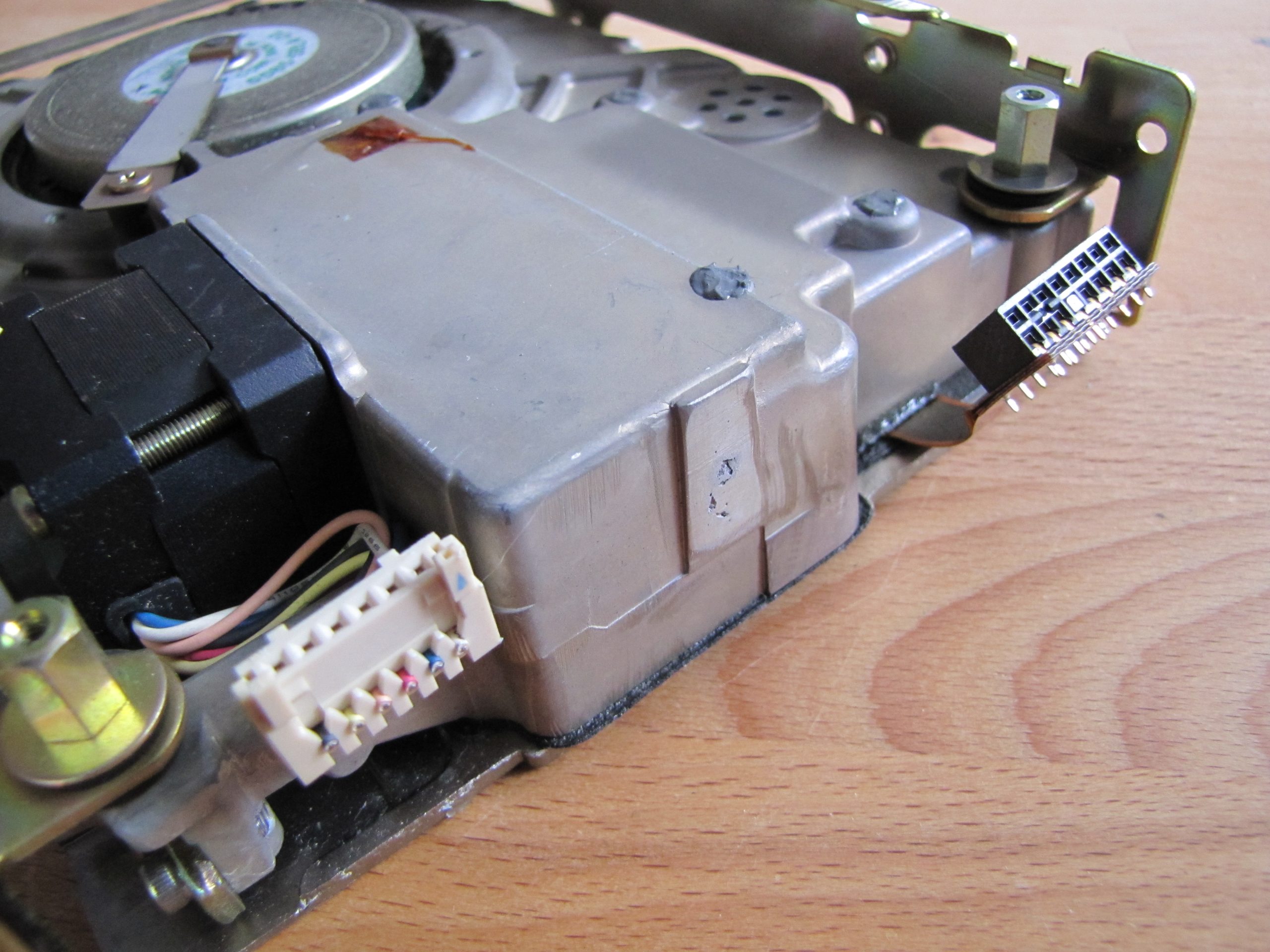
Two connectors, one to the stepper motor, the other to the head-stack.
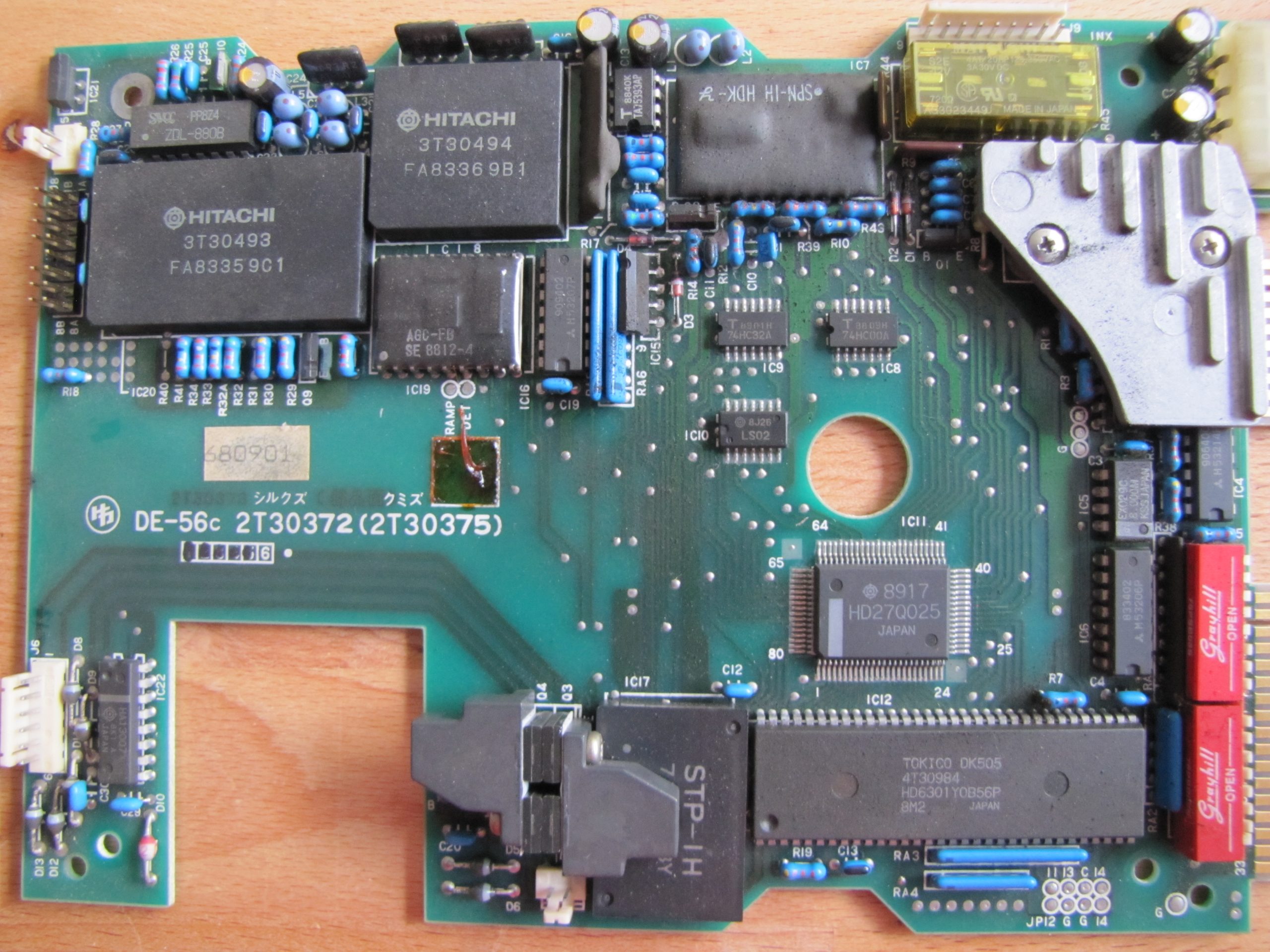
More melted goo meets us! A light overview of each IC provides a few dates, such as 8917 (1989, week 17).
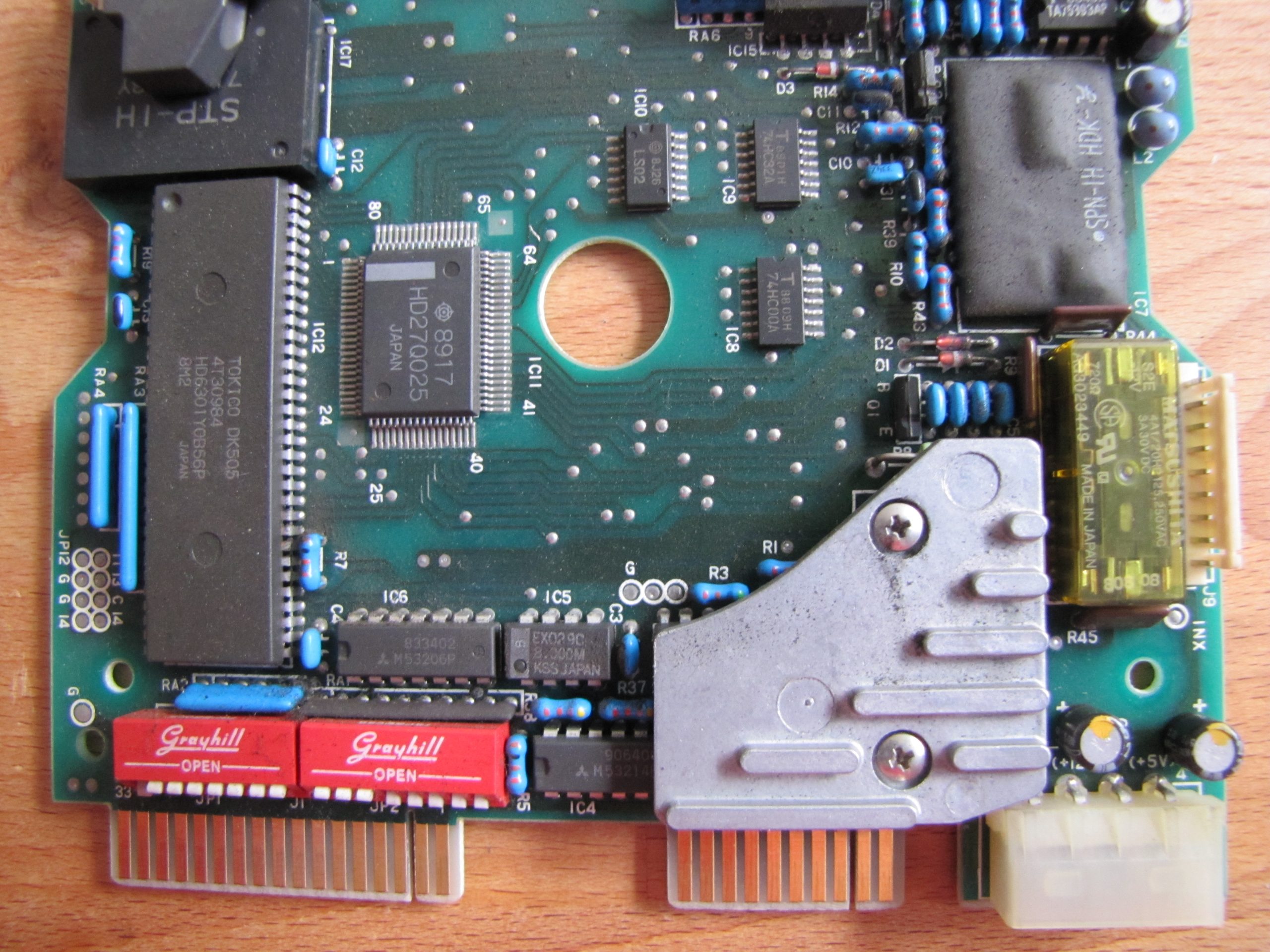
A custom Tokico IC is present, even marked DK505, like the drive model. Such a find nigh-confirms this drive being more of a Tokico than Hitachi design, as seemingly their purchase of the company is what sparked Hitachi’s disk drive division in the first place. Almost every single component on this board was manufactured in Japan, IC’s being from various manufacturers such as Matsushita & Hitachi.
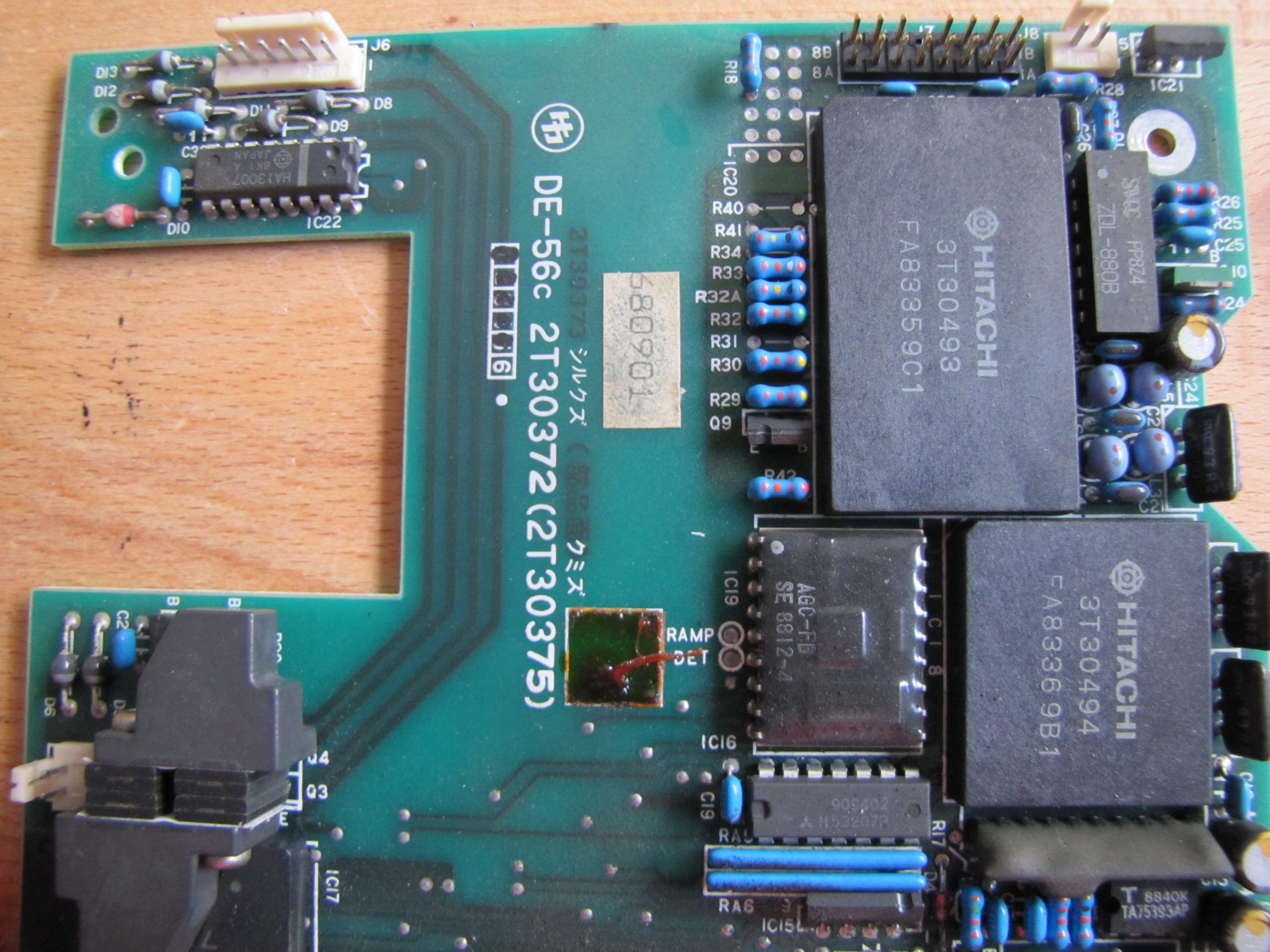
The LED header is noted as J8, next to the head-stack header J7. Unfortunately, most of these IC’s are practically extinct, thus little can be ascertained to their function without further circuit analysis.
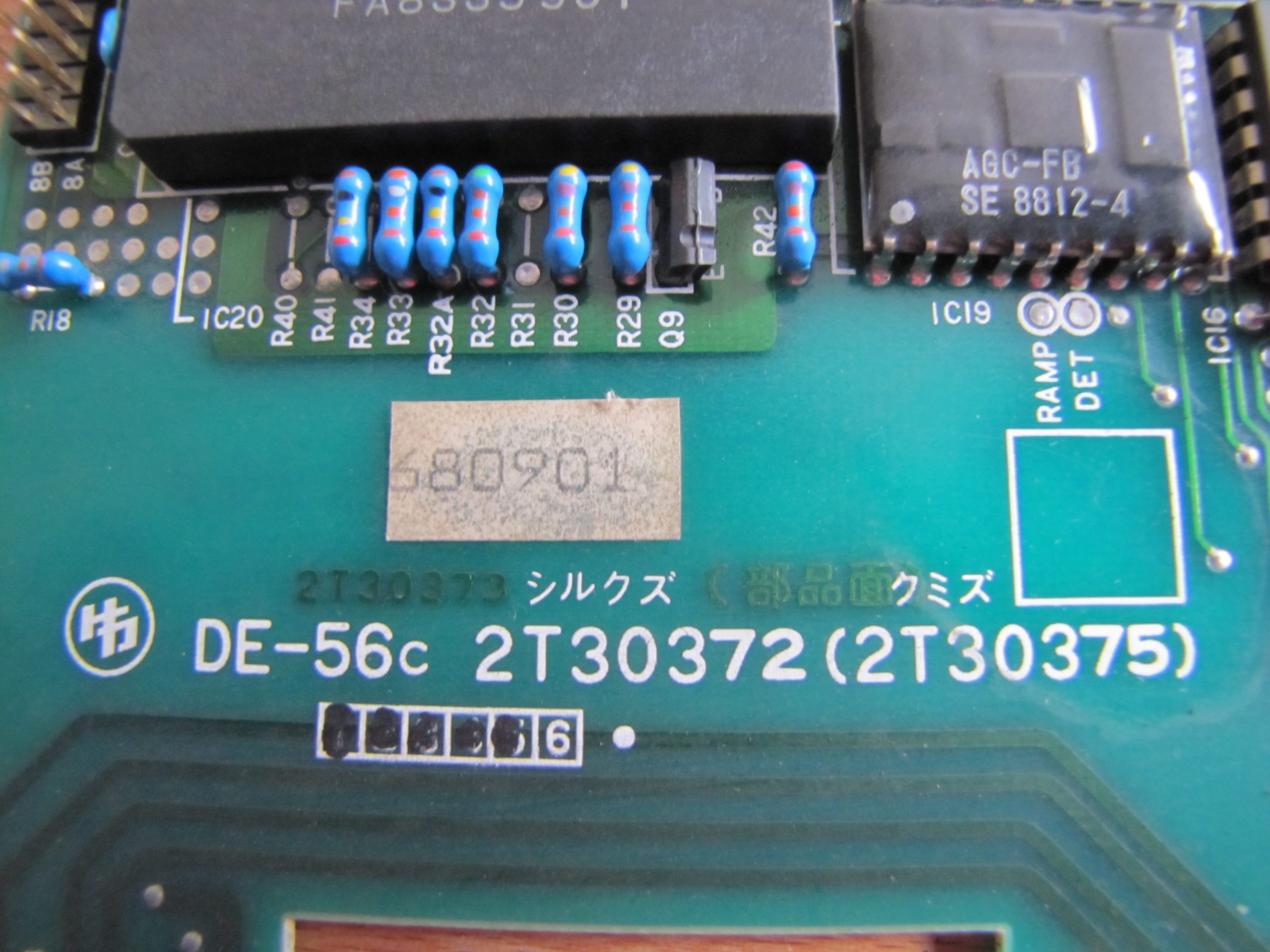
A little isopropyl alcohol fixes everything!
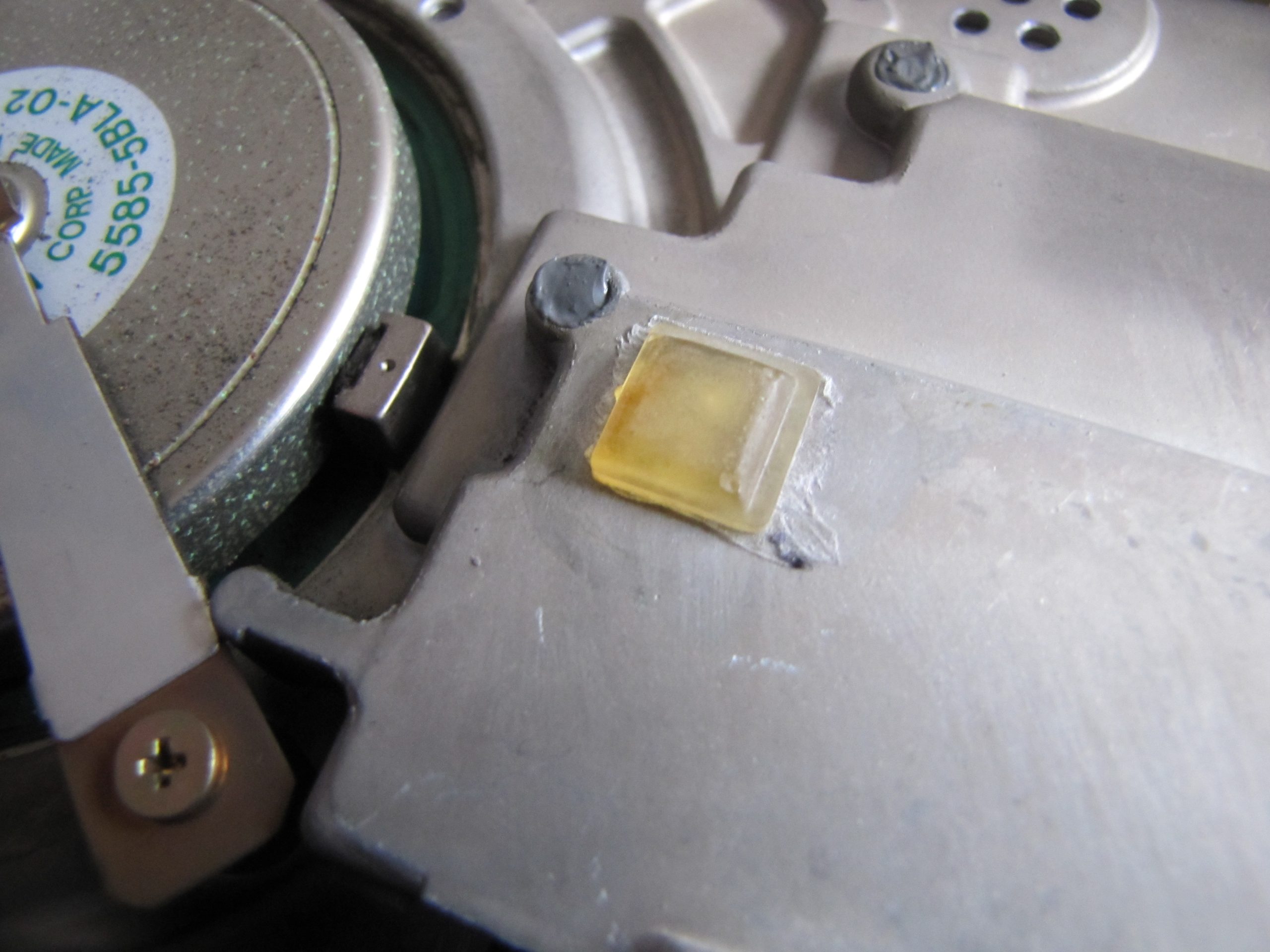
Of course, why not replace the divider with something similar? Unnecessary perhaps, given the other one stopped existing, but rewarding nonetheless.
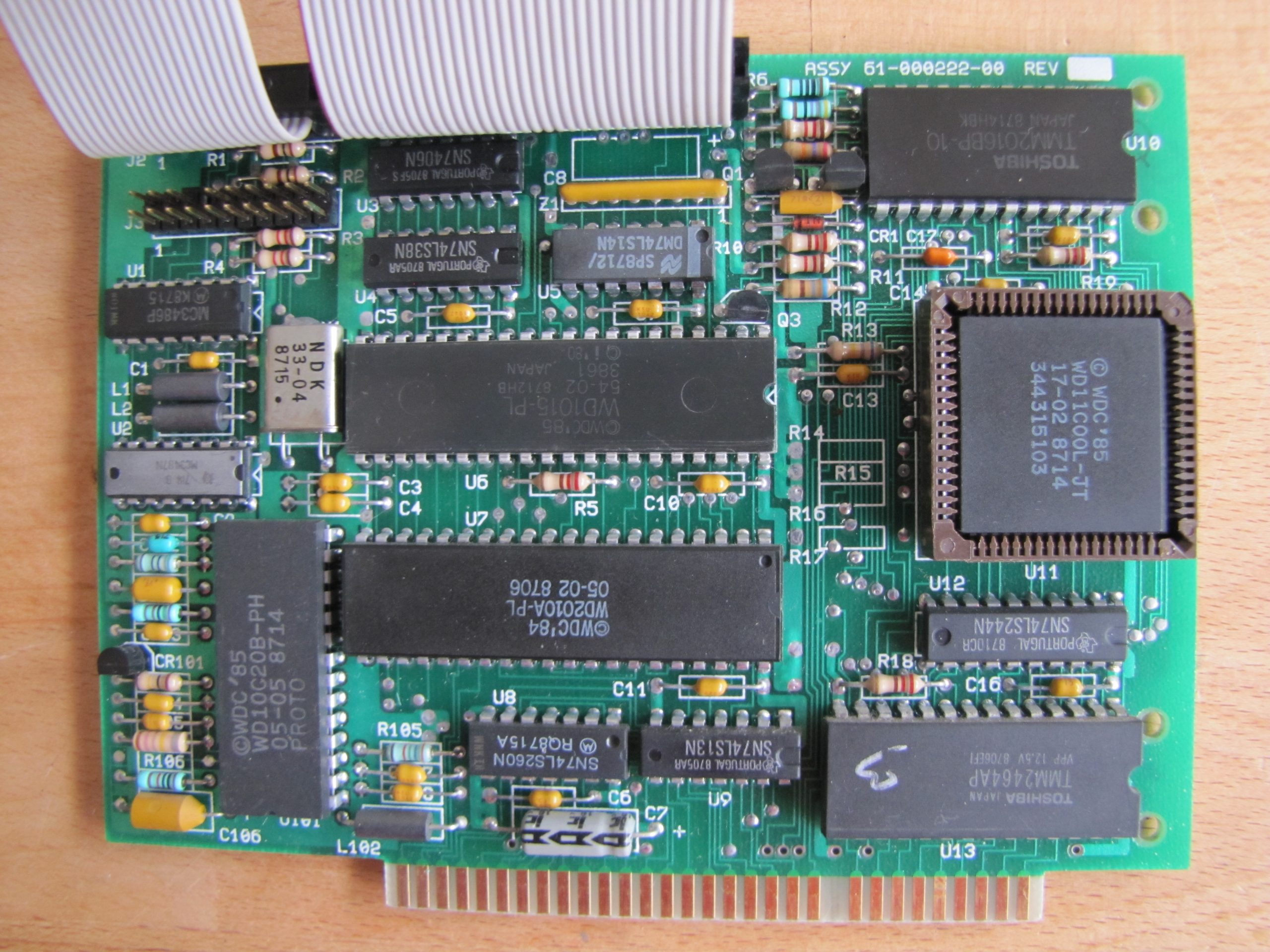
This drive pairs well with any old MFM controller, the one used here being a fairly bare bones 8-bit ISA WDXT-GEN from Western Digital. This dumb drive needs a brain, after all.

This drive obviously pales in performance compared to drives coming only a year or two later. Not that it matters too much these days, being that this drive will most certainly end up in a machine from the period in the distant future.
It comes back clean on Spinrite & CHKDSK too! An incredibly impressive feat for such an old unit. They sure don’t build them like they used to (ignoring the woes of later voice coil drives in the 90’s…).
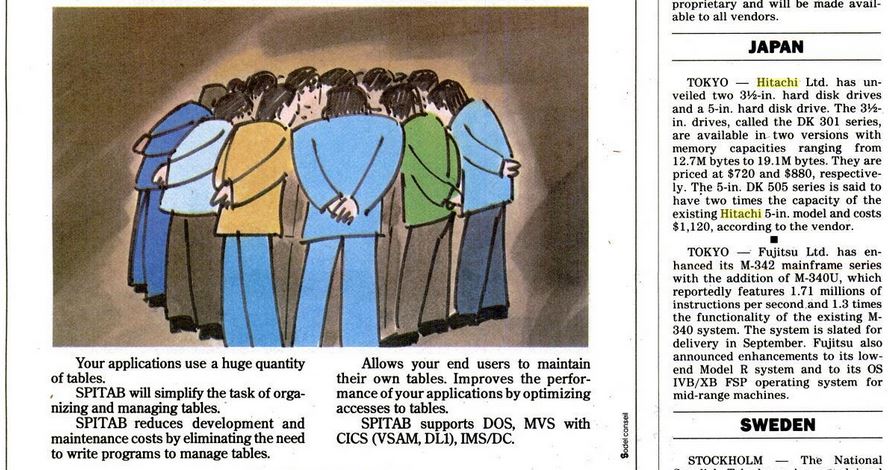
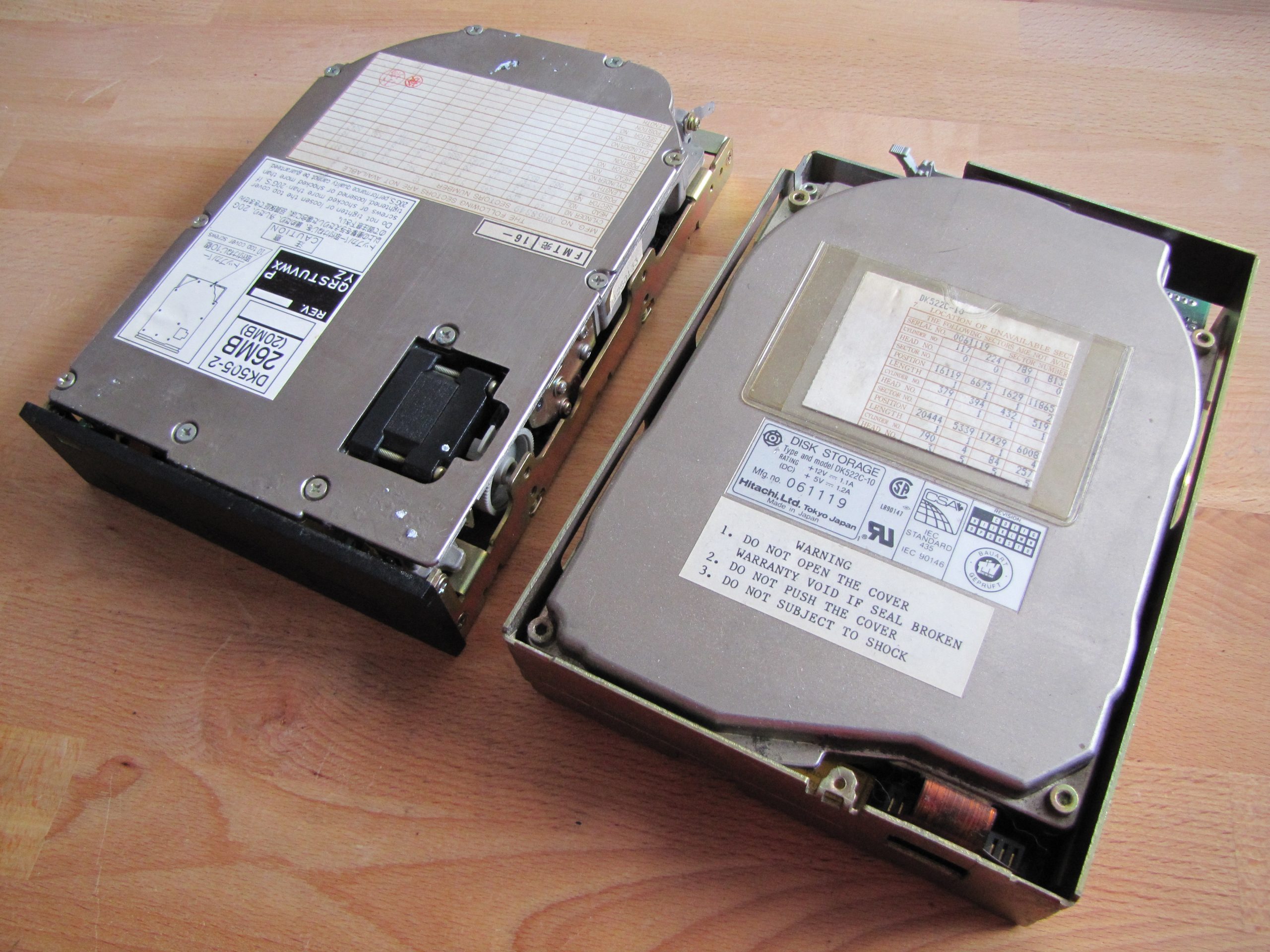
Hitachi’s long history in the hard drive industry continues to impress. While it shamefully came to an end with WD’s acquisition back in 2012, many of their several decade old drives continue to live on.
How this 34 year old drive will continue to function is anyone’s guess, but given the fact it’s still in perfect functional condition after all these years, it will likely live for quite a while longer.
If you missed the video I made on this drive, you can find it here:
References:
[1] ComputerWorld (1985), Issue 4th March 1985, Page 38, Vol. 19,Nr. 9, ISSN-nummer 0010-4841, Published by IDG Enterprise, Acquired from: https://books.google.com/books?id=Ko3YGWQ8Lu0C